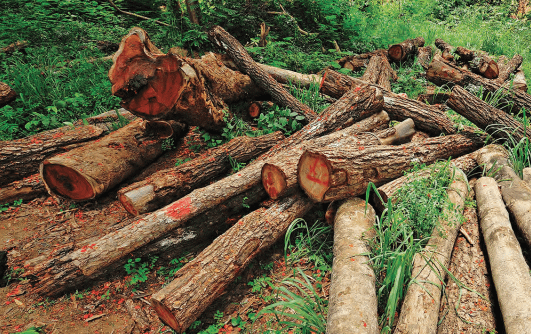Kenya is depleting forest covers in Tanzania and the Democratic Republic of Congo (DRC) as it struggles to meet its demand for wood products. There is also a reported increase in the importation of timber from Angola’s Cabinda area due to the construction boom in Nairobi and environs. According to the 2024 Forest Status Report, Kenya faces an acute shortage of wood, amounting to 16.5 million tonnes, with the current supply and demand projections showing that the country will face acute shortages of wood shortly as the deficit has exceeded 50 percent of the national supply.
The deficits indicate that wood product consumers, especially in the construction industry, have to rely on imports, especially of hardwood for furniture making and softwood for construction activities or use of substitutes such as metals and plastics in various construction activities. The report further shows that charcoal deficits is almost at 50% of the national supply: “This is therefore an indication that domestic wood fuel users have to resort to unsustainable sources or deplete growing stocks, which subsequently lead to considerable deforestation.” The report paints a grim picture of the loss and degradation of local forest cover, which worsen impacts on already vulnerable populations with direct repercussions on livelihoods.
Degraded land in Kenya is estimated at 21.6%, with about 12,000 hectares of forest land converted to other uses or lost through natural causes every year. With such massive degradation and deforestation, Kenya’s 15 billion greening campaign remains a mirage as the deforestation rate is higher than growing of trees.




